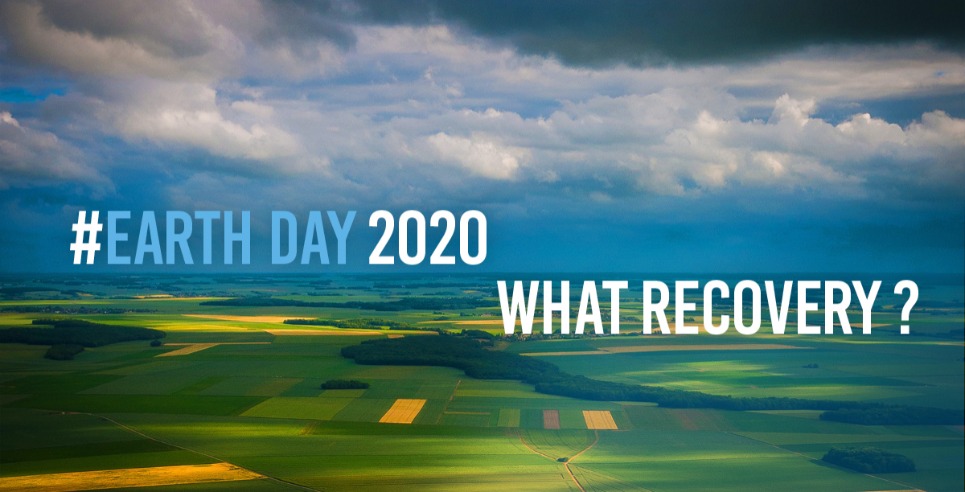Opinion - April 22, 2020
Economic Recovery Through Profitable Environmental Protection


Written by Bertrand Piccard 4 min read
With the 50th anniversary of Earth Day, April 22, smack in the middle of the COVID-19 pandemic, we need to make sure that the environmental movement launched in 1970 doesn’t take a back seat to a short-sighted quick-fix attempt to revive the post-virus economy.
The Clean Air, Clean Water and Endangered Species Acts, as well as the formation of the Environmental Protection Agency (EPA) were all the result of 20 million Americans (10 percent of the US population at that time) protesting to demand action for an environment in crisis. With the coronavirus keeping people quietly at home, environmental voices are silenced at a time when we need them most.
On Earth Day 2016, the historic Paris Agreement on Climate Change was signed by 195 countries that recognized the global need for climate action. On that same day, I was flying over the Pacific Ocean in a solar-powered airplane fueled only by the rays of the sun. The journey covered nearly 25,000 miles in a plane called Solar Impulse. I wanted to prove that clean technologies are already available for energy, mobility, infrastructure and just about any industry imaginable.
That solar-powered flight around the world was magical. You look at the sun and know it’s the source of energy that makes you fly day and night. And you look at the propellers turning to the right and left of the cockpit. There’s no noise, no pollution and no fuel. It felt like I was in a science fiction movie that propelled me into the future. But it’s not the future. It was 2016. Now, four years later, we are still relying on outdated technologies and systems from the mid-1800s when the discovery of oil drilling created a profitable petroleum industry. The commercial coal industry started 100 years before that!
Are we proud of the fact that we’re still using centuries-old technology when we currently have innovative solutions that produce clean energy and protect the environment at the same time? Can you imagine the market opportunities if we were to replace outdated processes for building, lighting, heating, cars and trucks, agriculture, infrastructure and energy with modern ones?
This is a fantastic time for investors to support scalable growth of new technologies, creating new jobs and investment opportunities while protecting the environment at the same time. It’s not a crazy concept. In fact, it’s the only approach that is logical both economically and ecologically.
While it may be easier to rebound from the coronavirus-induced downturn than the sub-prime mortgage crisis of 2007, power-brokers will be less likely to take risks with regard to policy and investments. However, corporate social responsibility matters now more than ever. Millennials, many of whom are now hitting age 40, and Generation Z, now coming out of graduate schools with degrees in sustainable energy and technology, are embracing socially-conscious investing, with ESG (environmental, social and governance) becoming an integral part of the investment process. These generations want to work for companies that share their values to build a future based on clean economic growth; they will be the next corporate leaders.
The qualitative growth model makes money for an industry, creates jobs while replacing what is polluting with what is protecting the environment. The not-for-profit Solar Impulse Foundation puts clean technologies through a third-party validation process to determine profitability while protecting the environment at a level beyond the status quo. We are building a portfolio of profitable environmental solutions for corporations and governments who need to achieve carbon neutrality, but don’t know how.
COVID-19 has put the United States on the edge of recession. It’s time to choose a path for economic recovery committed to the environment and backed by technology and innovation to create jobs and profits for a clean future. Let this be a wake-up call, and let’s build a post-virus economy that will spur long-term growth and hope for our children’s future.

Written by Bertrand Piccard on April 22, 2020
